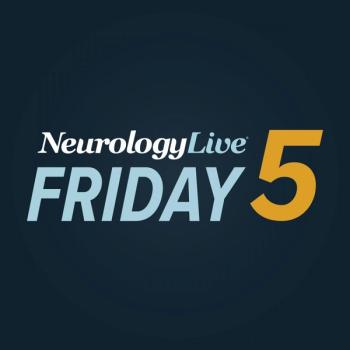
Assessing Eptinezumab’s Impact in Reducing Migraine Burden Through Longer Interictal Periods: Amaal Starling, MD, FAHS, FAAN
The associate professor of neurology at Mayo Clinic College of Medicine discussed findings presented at AHS 2025 from a post hoc analysis of the phase 3b DELIVER study testing eptinezumab in patients with migraine. [WATCH TIME: 5 minutes]
WATCH TIME: 5 minutes
"Overall, individuals living with migraine who have longer periods of time in between migraine attacks or these longer interictal periods are experiencing reduced burden of migraine and having an improvement in their quality of life."
At the
Findings of the analysis showed that the mean longest interictal period was larger with eptinezumab than as reported by patients who received placebo during the first 24 weeks of the trial. Among patients with more than 14- and 21-day mean longest interictal periods, a greater proportion of patients achieved clinically meaningful improvements in the 6-item Headache Impact test score and Patient Global Impression of Change with eptinezumab in comparison with placebo. Overall, the presented data highlighted the need for clinicians to look beyond monthly migraine days and to consider the potential importance of a more holistic approach to migraine care.1,2
Headache and migraine expert
REFERENCES
1. Lundbeck Advances Leadership in Migraine With New Data at the American Headache Society 67th Annual Scientific Meeting. News Release. Lundbeck. Published June 19, 2025. Accessed July 10, 2025. https://www.lundbeck.com/us/newsroom/2025/lundbeck-advances-leadership-in-migraine-with-new-data-at-the-am
2. Tepper S, Joshi S, Hirman J, et al. Eptinezumab Treatment was Associated with Longer Interictal Periods and Corresponding Larger Improvements in Quality of Life in Participants With Migraine for Whom 2-4 Prior Preventive Treatments had Failed: A Post Hoc Analysis of the DELIVER. Presented at: 2025 AHS Annual Meeting; June 19-22; Minneapolis, MN. P-341.
Newsletter
Keep your finger on the pulse of neurology—subscribe to NeurologyLive for expert interviews, new data, and breakthrough treatment updates.



































